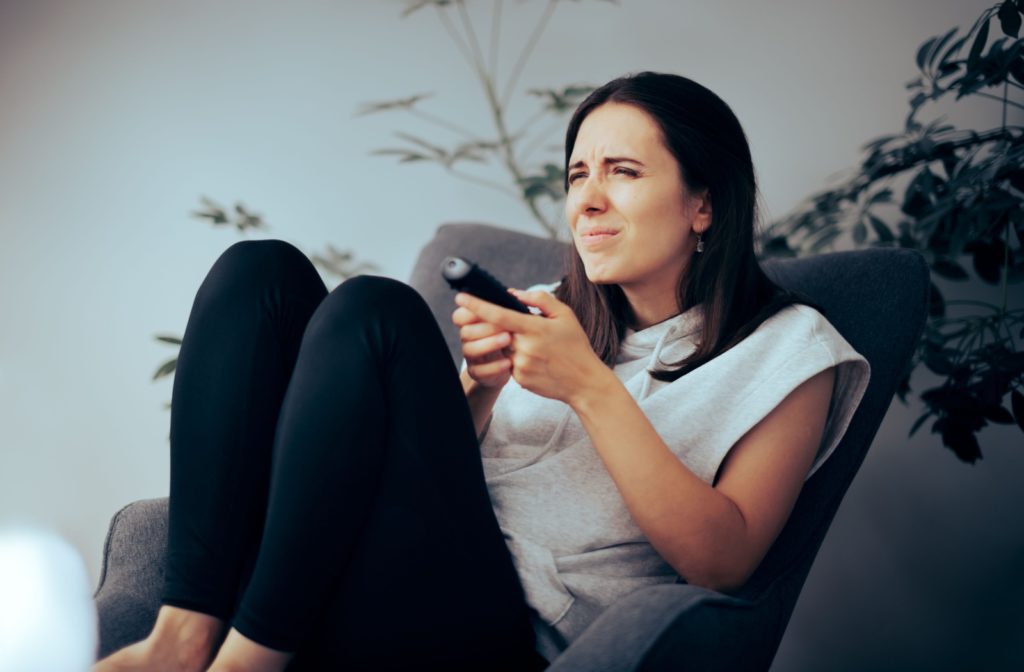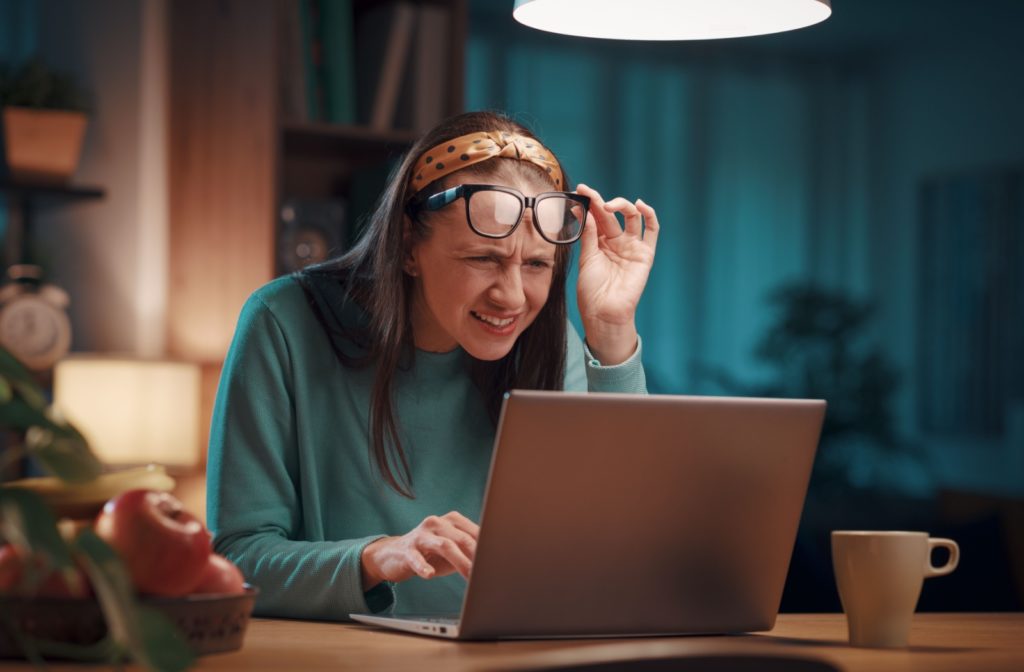Nearsightedness, or myopia, is one of the most common eye conditions in the world today. It occurs when the shape of the eye causes light to focus incorrectly, making distant objects appear blurry, while nearby objects remain clear.
If you or a loved one has myopia, you may wonder—does it get worse over time? The short answer is yes, it is possible to get worse over time. Understanding this condition and how to manage it is key to maintaining long-term eye health.
Can Nearsightedness Worsen Over Time?
The simple answer is yes, nearsightedness can worsen, especially during childhood and adolescence. It’s often during these growth years that changes in the shape of the eye occur, causing an increase in myopia. For some, myopia stabilizes in early adulthood, but for others, it may continue to progress throughout their lives.
With the rise of digital devices and an increase in indoor, near-vision activities (like reading and screen time), there’s a growing concern about accelerated myopia progression in younger generations. However, understanding the causes and how to control this progression can make a significant difference.
Why Does Nearsightedness Get Worse?
Several factors may contribute to the worsening of nearsightedness over time. These include:
1. Genetics
If one or both parents are nearsighted, there’s a higher likelihood that their child will also develop myopia—and it may progress similarly to their parents’. Genetics play a critical role, so if you’re a parent with significant myopia, it’s important to watch for signs of worsening vision in your child.
2. Eye Growth
During childhood and adolescence, the eye continues to grow, and this growth can sometimes extend the length of the eyeball. When the eye becomes too long, light focuses in front of the retina instead of directly on it, which worsens myopia.
3. Screen Time & Near-Vision Activities
Prolonged screen time and activities that require intense near focus, such as reading or gaming, can strain the eyes. The more time children and young adults spend on these activities, particularly without breaks, the greater the risk of myopia progression.
4. Lack of Outdoor Time
Studies have shown that spending time outdoors, in natural light, may help slow the progression of myopia. Natural light and looking at distant objects outdoors give the eyes a break from prolonged near focus, potentially reducing the strain on the eyes.
5. Uncorrected or Incorrectly Corrected Vision
Not using the right prescription for glasses or contact lenses—or not addressing myopia at all—can exacerbate eye strain and potentially worsen myopia over time.
The Risks of Severe Nearsightedness
Severe myopia is more than just an annoyance that blurs your vision. It can increase the risk of serious eye conditions, such as:
Retinal Detachment
High myopia can cause the retina to become thin and stretched, which increases the risk of detachment. This is a medical emergency that requires immediate attention.
Glaucoma
Myopic individuals may have a greater risk of developing glaucoma, a condition that can cause optic nerve damage and vision loss over time.
Cataracts
People with severe myopia are more likely to develop cataracts earlier in life, which can further blur vision.
Macular Degeneration
Myopic macular degeneration occurs when myopia causes damage to the central part of the retina, leading to issues with central vision and, in severe cases, blindness.
With these risks in mind, it’s clear that addressing and managing nearsightedness is more than just clearer vision—it’s about protecting long-term eye health.

Practical Tips for Managing Myopia
While there’s no surefire way to “cure” myopia, there are effective strategies to slow its progression. Known as myopia control, these methods aim to keep the condition from worsening, especially in children and young adults. Here are some of the most effective approaches:
1. Spend More Time Outside
Encourage kids—and yourself—to spend at least two hours outdoors each day. Natural light and distant focus help reduce myopia progression.
2. Take Frequent Breaks from Screens
Follow the 20-20-20 rule for screen use: every 20 minutes, look at something 20 feet away for 20 seconds. This simple habit helps minimize eye strain during near-vision activities.
3. Use Myopia-Control Glasses or Contact Lenses
There are special glasses and contact lenses designed to reduce myopia progression. These work by altering how light enters the eye, which can slow changes in eye shape.
4. Consider Eye Drops
Low-dose atropine eye drops effectively slow myopia progression in children. This treatment should only be used under the guidance of an eye care professional.
5. Stay Consistent with Eye Exams
Regular eye exams help detect vision changes early, so your optometrist can adjust your prescription or recommend myopia control techniques. Early intervention can make a significant difference.
Your Eye Health Matters
Whether you’re a parent concerned about your child’s vision or a young adult managing your own eye health, understanding nearsightedness and taking proactive steps can help protect your vision for years to come. If you’ve noticed your own or your child’s myopia is worsening, now is the time to take action.
For expert advice and personalized care, contact our team at Total Vision Carlsbad Plaza. From myopia management to routine eye exams, we’re here to support your eye health at every stage. Book an appointment today to prioritize your vision and keep your eyes on the future.



